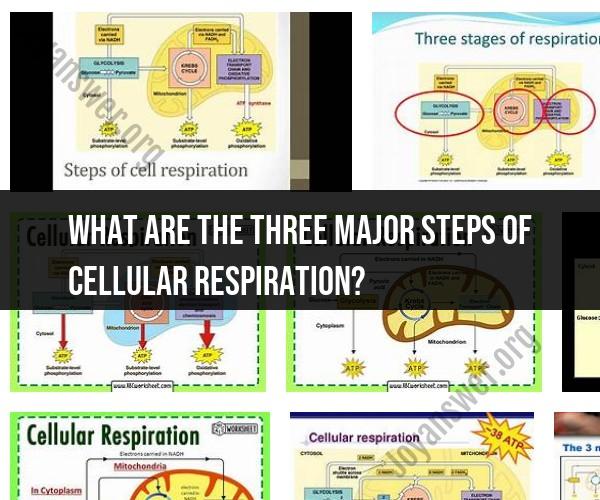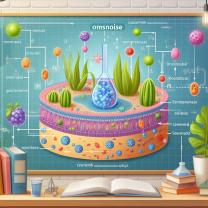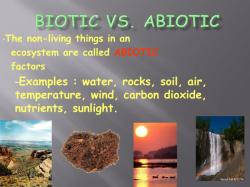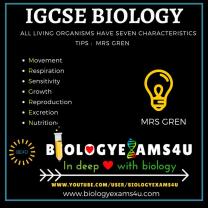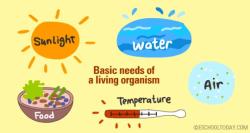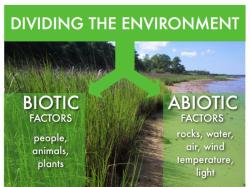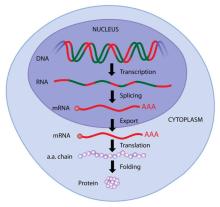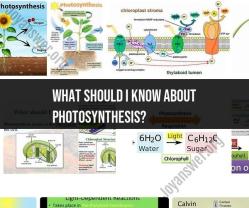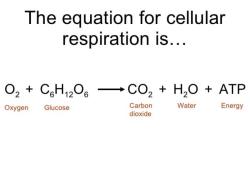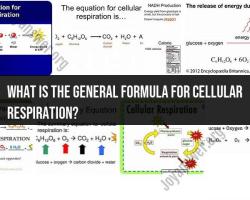What are the three major steps of cellular respiration?
Cellular respiration is a complex metabolic process that occurs in three major steps, each taking place in a specific cellular location. These steps collectively extract energy from organic molecules, typically glucose, and convert it into adenosine triphosphate (ATP), the primary energy currency of cells. Here are the three major steps of cellular respiration:
Glycolysis:
- Location: Glycolysis takes place in the cytoplasm of the cell.
- Description: Glycolysis is the first step in cellular respiration, and it involves the breakdown of one molecule of glucose (a six-carbon sugar) into two molecules of pyruvate (a three-carbon compound).
- Energy Output: Glycolysis produces a small amount of ATP directly through substrate-level phosphorylation. Additionally, it generates high-energy electron carriers, namely nicotinamide adenine dinucleotide (NADH), by oxidizing glucose.
- Key Products: Two molecules of ATP (net gain), two molecules of NADH, and two molecules of pyruvate.
Citric Acid Cycle (Krebs Cycle):
- Location: The citric acid cycle takes place in the mitochondrial matrix (the innermost compartment of mitochondria).
- Description: Acetyl-CoA, which is derived from pyruvate, enters the citric acid cycle. During this cycle, acetyl-CoA is oxidized, leading to the release of carbon dioxide. Electrons generated during these reactions are carried by electron carriers, NADH, and flavin adenine dinucleotide (FADH2).
- Energy Output: The citric acid cycle contributes to the production of ATP through substrate-level phosphorylation. However, its primary role is to generate high-energy electron carriers (NADH and FADH2) that will be used in the next step of cellular respiration.
- Key Products: High-energy electron carriers (NADH and FADH2) and a small amount of ATP.
Electron Transport Chain (ETC) and Oxidative Phosphorylation:
- Location: The electron transport chain is located on the inner mitochondrial membrane.
- Description: The electron transport chain is a series of protein complexes and electron carriers embedded in the inner mitochondrial membrane. Electrons carried by NADH and FADH2 from glycolysis and the citric acid cycle are transferred through the ETC.
- Energy Output: As electrons move through the ETC, they release energy, which is used to pump protons (H+ ions) across the inner mitochondrial membrane, creating a proton gradient. This proton gradient drives the enzyme ATP synthase, which generates ATP through chemiosmosis as protons flow back into the mitochondrial matrix.
- Key Products: The primary output is a large amount of ATP generated through oxidative phosphorylation. Water is also produced when oxygen acts as the final electron acceptor, combining with electrons and protons at the end of the chain.
In summary, cellular respiration is a stepwise process that involves glycolysis in the cytoplasm, the citric acid cycle in the mitochondrial matrix, and the electron transport chain and oxidative phosphorylation on the inner mitochondrial membrane. These three major steps work together to extract energy from glucose and other organic molecules and convert it into ATP, which powers various cellular activities.
